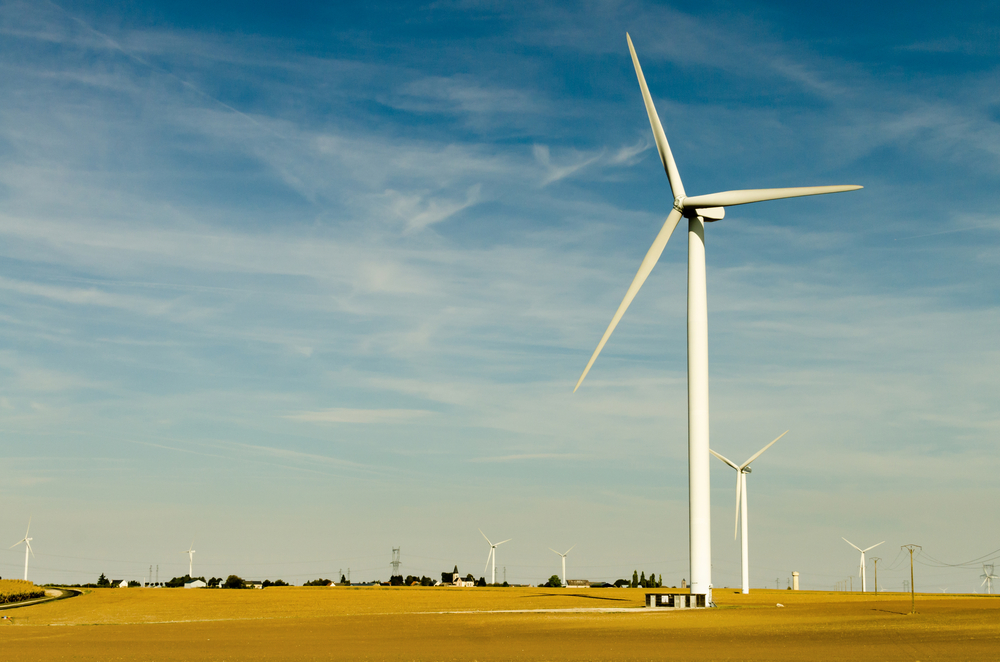If you don’t already know, the fundamental driving force for the creation of the electricity we use in our homes and in industrial settings is indeed that of motion, or kinetic energy, which is simply movement that is typically used to drive the blades of a turbine generator, which in turn then generates an electric current. So since large-scale energy production is deeply rooted in the burning of fossil fuels to heat up steam which then drives the turbine blades, the widespread focus on using renewable energy sources which can achieve the same effect is suitably justified.
This discussion encompasses entities such as wind turbine generators and hydroelectric power generators, entities that exploit perpetual kinetic energy as long as the requisite natural resources remain accessible. In these methodologies of power generation, the turbine plays an important role. It harnesses the potential energy stored within dam-contained water or the kinetic energy harbored by gusts of wind, ultimately culminating in the production of electric power. However, a critical aspect lies in governing the turbine’s velocity, as prolonged overspeeding can cause both overheating and subsequent damage to the turbine.
In the case of hydroelectric systems, the rate of flow or discharge can be manually regulated by dam gates, thus enabling the modulation of the turbine’s speed. Conversely, with wind-driven mechanisms, the wind’s velocity is subject to perpetual variation. As a result, we are left with no choice but to perform frequent maintenance of the turbine with essential components becomes critical to ensure uninterrupted functionality. Common components necessitating recurrent replacement encompass valve stem parts, lubrication systems, components susceptible to wear and tear, and bearings.
Despite the recognition of these renewable energy sources as promising alternatives to conventional fossil fuel plants, they grapple with a lot of challenges. This complex landscape partly explains the gradual initial progress in their implementation, which has since accelerated. Now if you were to conduct a bit of research about perpetual motion, what you’ll find is that it is referred to as something hypothetical, largely due to the fact that it defies the laws of physics as we know them today, so much so that were it officially declared to exist, it would perhaps “break” physics as it exists and require a whole lot of other basic laws of physics to be rewritten.
It is an ongoing argument which seemingly has no resolution, that of whether or not perpetual motion actually exists. Many perpetual motion enthusiasts (for lack of a better word) are eager to demonstrate to the world what they believe to be perfectly functioning perpetual motion machines they’ve developed, some of whom actually have these machines which have proven to be running ever since they were initially set into motion.
The problem though is that scientists who are often roped in to have a look stand firm on their belief that at some point these machines will simply stop running and that subsequently refutes the claims that these are indeed true perpetual motion machines. It really is a problem because what if for example one of these machines actually do have the capacity to run forever (or until the big freeze), in which case there will be nobody around to confirm or refute their legitimacy?
Between all these back and forth arguments, however, I believe most parties involved are missing one huge point, which is the fact that these alleged perpetual motion machines run long enough autonomously to be used to generate electricity. The aim is efficiency, not perfection, so what does it matter if the machine will eventually stop? We can always start it up again and harvest the motion which is approaching perpetual motion while the machine is still in motion!
A machine that requires 5% input energy to output the other 95% in motion which can be harvested to produce electricity sounds like a winner to me!
- The Ultimate Guide to Buying an Electric Car - 19th June 2023
- WILL HHC SHOW UP ON A DRUG TEST? - 23rd November 2022
- Your Guide To Field Service Management Software - 23rd March 2022

